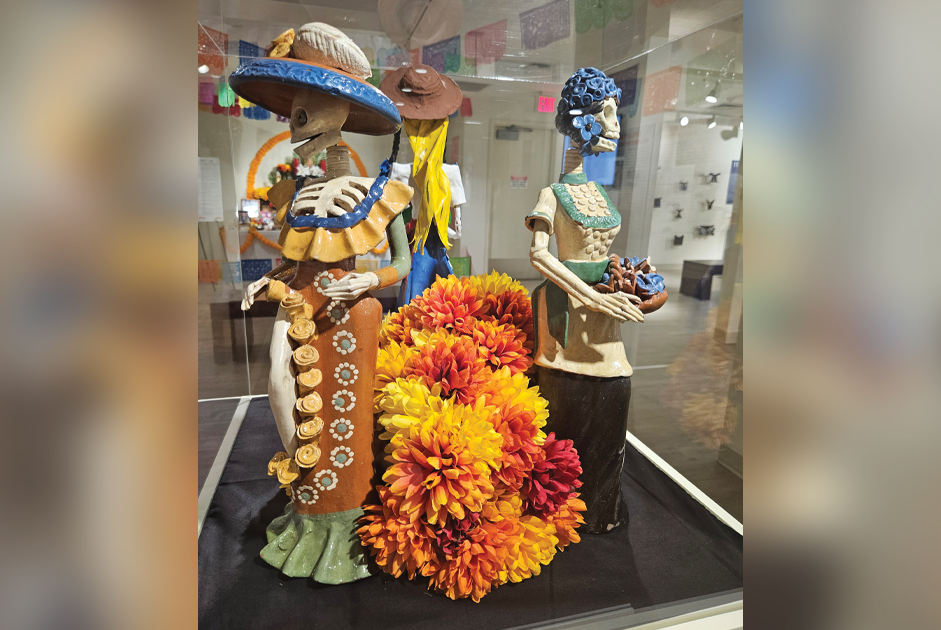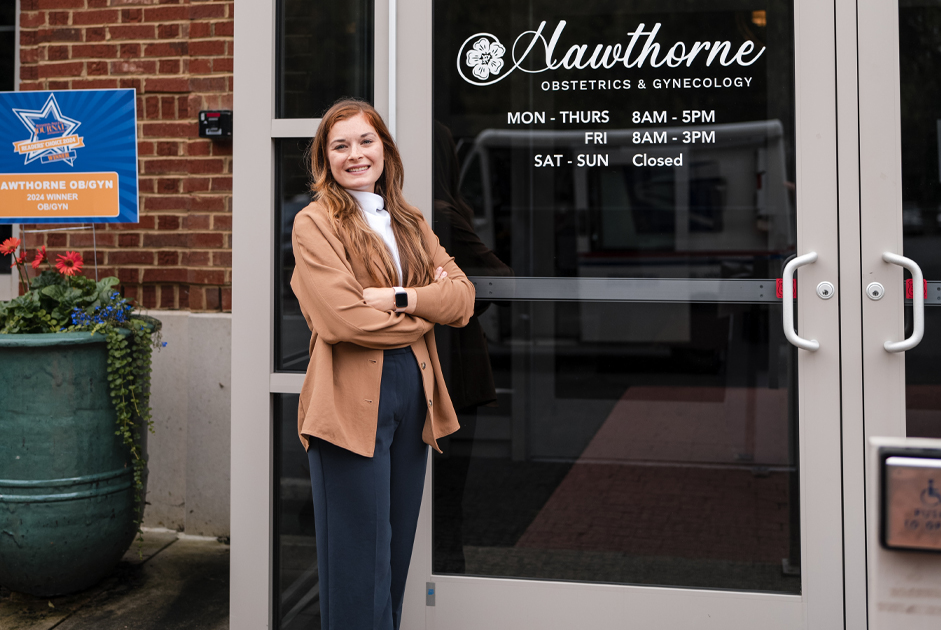The American Academy of Pediatrics conducted a report that concluded that the number-one cause of sports-related spine, spinal cord, or brain injuries in high school and college-aged girls was cheerleading accidents. Additionally, the research concluded that the impact on a cheerleader taking a fall through gymnastics was greater than the impact of being tackled by a football player.
March is National Cheerleading Safety Month. This is an important topic because often, the risks of cheerleading are underestimated. Beyond the injuries listed above, concussions, broken bones, as well as knee, hip, and ankle injuries are real risks that cheerleaders face in the name of supporting the team.
Cheerleading is a sport that requires a tremendous amount of trust in others; that trust is established through clear communication and expectations that are set forth before stunts are attempted. It’s a fun way to exercise, make friends, and support school spirit. However, it should never be assumed that cheerleading is easy or harmless.
To minimize the risks of injuries, be prepared and have safety procedures in place. Cheerleading safety regulations should include the following:
- Coaches should be trained and certified. This is a dangerous sport; coaches need to understand the risks involved.
- Coaches should clearly communicate expectations, as well as emergency plans to the cheerleaders, spotters, as well as parents.
- Spotters must be properly trained—not only for the safety of the cheerleaders, but for their own safety as well.
- A soft place to practice is a must. Four-inch foam mats should be a standard practice equipment. Practice should only be done on soft surfaces; the basketball court is not an ideal place for cheerleading practice.
- Cheerleading and gymnastics go hand-in-hand. If your cheerleaders are doing stunts, they should be properly trained by a gymnastics instructor in addition to normal cheerleading practice.
- Regular strength-based fitness routines should be a part of cheer-training.
- Listen to the cheerleader herself; she should never be pushed into stunts she’s not comfortable doing, nor should she be asked to perform with minor injuries.
- Coaches should monitor skill progression and only allow a cheerleader to move on to more advanced techniques when prior skills are mastered.
Resources: AAP.org, HealthyChildren.org, CheerSafe.org, USNews.com
___________________
Treatment for common cheerleading accidents includes:
- Sprained ankles should be treated with ice, elevation, and compression. Medical assistance should be sought if there is severe pain, or the cheerleader cannot walk on it.
- Jumping can lead to knee injuries. They should be treated with rest, ice, and elevation. Wearing a brace can help support the knee, and of course, proper stretching can help prevent knee injuries.
- Landing on a wrist hurts! It should be iced and elevated; medical attention should be sought if the wrist is swollen or pain continues after 24 hours.
- If a cheerleader hits her head, she may have a concussion. Side effects of a concussion include headaches, confusion, forgetfulness, dizziness, nausea, and fatigue. If a cheerleader hits her head, it should be taken seriously.
- Be sure to have emergency contact forms on hand at every practice and game, in the event of an emergency.






















